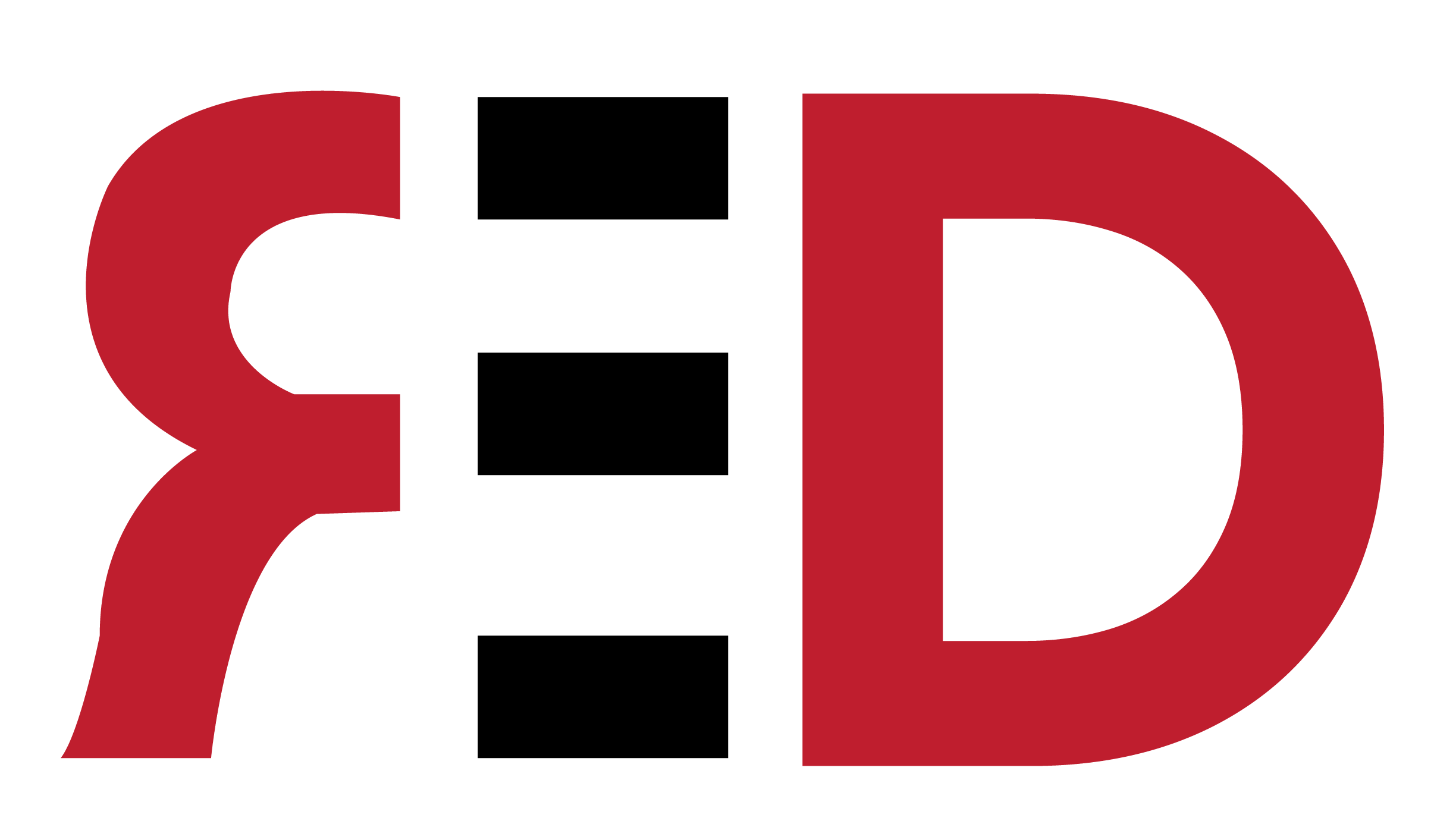Home » Cloud Technology
Cloud Technology
An acute shortage of skilled people to transition to multi-cloud infrastructure – be it AWS or Google Cloud Platform.
WHAT IS CLOUD TECHNOLOGY
Cloud technology refers to the set of tools, infrastructure, and frameworks that make cloud computing possible. It’s the underlying technology that enables storing, processing, and managing data and applications on remote servers instead of local machines.
Cloud computing technology allows people to use the digital resources stored in the virtual space by way of networks – often satellite networks. It allows people to share information and applications across the internet without being the restriction of their physical location.
In other words:
- Cloud Computing = The service model (what users get).
- Cloud Technology = The technology behind it (how it works).

Core Components of Cloud Technology

Virtualization
Divides physical hardware into multiple virtual resources (e.g., virtual machines, containers).

Data Storage Systems
Distributed storage solutions that securely hold massive amounts of data.

Networking
High-speed internet connections, load balancers, and content delivery networks (CDNs) for fast access.

APIs & Middleware
Connect different services and apps seamlessly.

Automation & Orchestration
Tools (like Kubernetes) to manage workloads efficiently.

Security Technologies
Encryption, firewalls, identity management, and monitoring tools.
Benefits of Cloud Technology

Flexibility
Access apps and data anytime, anywhere.

Cost-Efficiency
Eliminates the need for heavy hardware investments.

Innovation
Enables AI, machine learning, big data, and IoT solutions.

Scalability
Easily expand or reduce resources based on demand.
In short:
- Cloud technology = The foundation
- Cloud computing = The service built on that foundation
Cloud technology services are delivered to other businesses through cloud service providers (CSPs) such as Amazon Web Services (AWS), Microsoft Azure, Google Cloud, IBM Cloud, and many others. These providers own massive global data centers and rent out computing resources, platforms, or software to businesses on-demand.

Delivery Models
Cloud services are offered mainly in three layers:
Infrastructure as a Service (IaaS)
- Businesses rent virtual servers, networking, and storage.
- Example: AWS EC2, Microsoft Azure Virtual Machines.
- Use case: Startups hosting websites without buying physical servers.
Platform as a Service (PaaS)
- Provides a ready-to-use platform with tools for building, testing, and
deploying applications. - Example: Google App Engine, AWS Elastic Beanstalk.
- Use case: Developers building apps quickly without managing
infrastructure.
Software as a Service (SaaS)
- Fully functional applications delivered over the internet.
- Example: Gmail, Salesforce, Dropbox.
- Use case: Businesses using cloud-based CRM, email, or collaboration
tools.
Deployment Models
Businesses can choose how cloud services are delivered:
Public Cloud
Shared infrastructure (cost-effective, scalable).
Private Cloud
Dedicated infrastructure for one organization (more secure,
but costly).
Hybrid Cloud
Combination of both for flexibility.
Steps in Providing Cloud Services to a Business
- Business Need Assessment → Redtgs analyzes the company’s IT requirements.
- Service Subscription/Contract → Company subscribes to chosen services (IaaS, PaaS, SaaS).
- Resource Provisioning → We allocates virtual servers, storage, or apps instantly.
- Access via Internet → Business users connect through secure logins, APIs, or apps.
- Ongoing Management → We ensures uptime, backups, updates, and security.
- Billing & Scaling → Business pays only for resources used (pay-as-you-go model).
Cloud Services Provided to Businesses
- Small Retailer → Uses SaaS (like QuickBooks Online) for accounting.
- E-commerce Startup → Uses IaaS (AWS hosting) for running its website.
- Software Company → Uses PaaS (Google Cloud Platform) to develop and deploy apps.
- Large Enterprise → Uses Hybrid Cloud for sensitive data storage + public cloud for customer-facing apps.
We provide Cloud technology services to businesses through scalable, on-demand
internet-based solutions (IaaS, PaaS, SaaS) by cloud providers. Businesses
simply subscribe, connect, and use the services without worrying about hardware or
maintenance.
